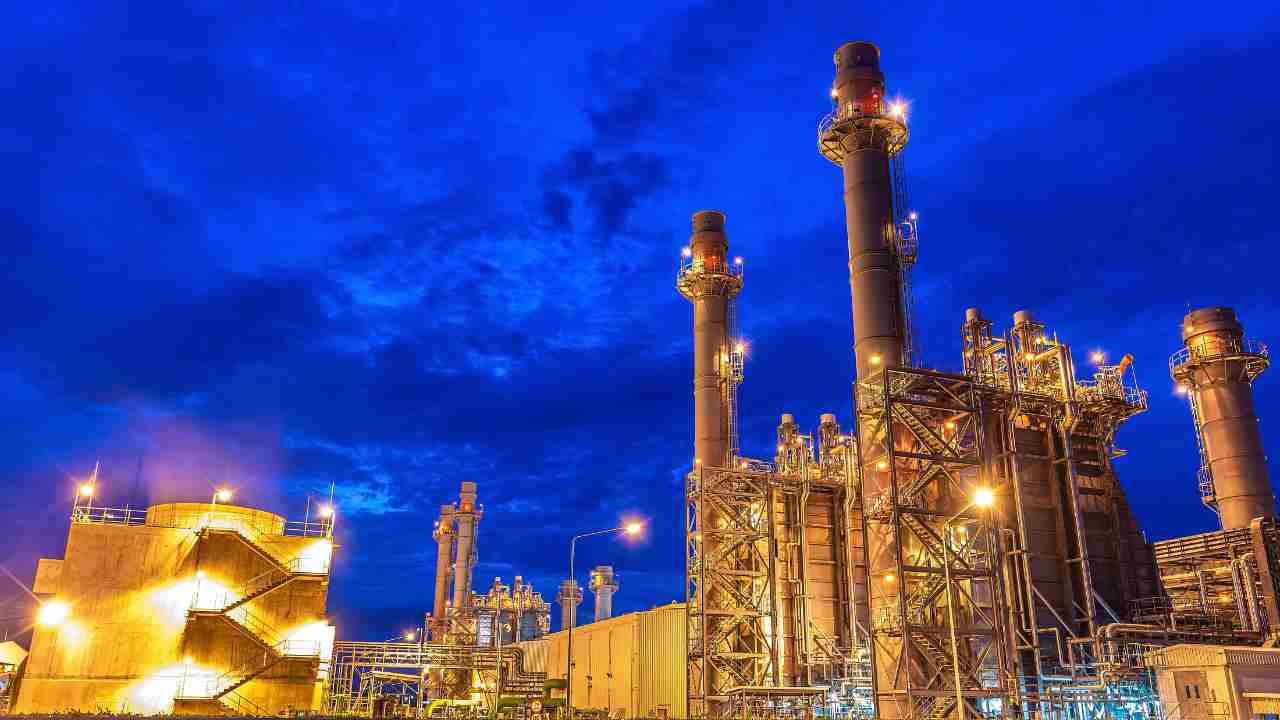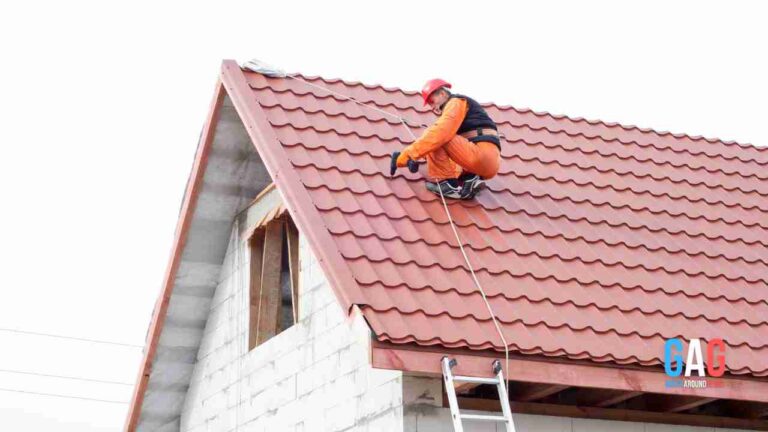- 1. What are these ATEX Zones?
- 2. ATEX Zone Classifications
- 3. What Industries Need to Consider ATEX Zones
- 4. Oil & Gas
- 5. Chemical Manufacturing
- 6. Pharmaceuticals
- 7. Woodworking
- 8. Food Processing
- 9. Grain Handling
- 10. Ensuring Compliance
- 11. What Machinery is Usually Used in ATEX Zones
- 12. Machinery Used in ATEX Zones
- 13. Stay secure!
In industries where flammable gases, vapors, or dusts are present, ensuring the safety of operations and personnel is paramount. The ATEX directives, derived from the French “Atmosphères Explosibles,” are crucial regulatory frameworks that govern the equipment and protective systems intended for use in such hazardous environments.

These guidelines not only help in mitigating risks associated with explosive atmospheres but also standardize the requirements across the European Union for the free movement of safe equipment. This article delves into the specifics of ATEX Zones, the industries most affected by these regulations, and the types of machinery designed to operate safely within these zones.
What are these ATEX Zones?
ATEX directives categorize hazardous areas into zones based on the frequency and duration of the occurrence of an explosive atmosphere.
Understanding these zones is crucial for selecting the appropriate equipment and implementing safety measures.
ATEX Zone Classifications
| Zone | Description | Frequency of Explosive Atmosphere | Examples |
| 0 | An area where an explosive atmosphere is present continuously or for long periods | >1000 hours/year | Inside a fuel tank |
| 1 | An area where an explosive atmosphere is likely to occur in normal operation | 10-1000 hours/year | Around refueling stations |
| 2 | An area where an explosive atmosphere is not likely to occur in normal operation and if it does occur, it will exist for a short period | <10 hours/year | Areas adjacent to Zone 1 locations |
| 20 | A place where combustible dusts as clouds are present continuously or for long periods | >1000 hours/year | Inside flour silos |
| 21 | An area where combustible dust clouds are likely to occur in normal operation | 10-1000 hours/year | In areas where grain is being processed |
| 22 | An area where combustible dust clouds are not likely to occur in normal operation and if they do, it’s for a short period | <10 hours/year | Areas adjacent to Zone 21 locations |
What Industries Need to Consider ATEX Zones
The necessity for industries to consider ATEX Zones arises from the inherent risks associated with operating in environments where explosive atmospheres can develop. Such environments are not uncommon in a variety of sectors, each with its unique challenges and requirements for maintaining safety and regulatory compliance. The ATEX directives serve as a critical framework for these industries, guiding the implementation of preventive measures and the use of equipment that is specifically designed and certified for use in potentially explosive conditions.
Oil & Gas
In the oil & gas industry, the extraction, processing, and storage of flammable gases and liquids present a constant risk of explosion. Operations such as drilling, refining, and the transportation of oil and gas products are areas where explosive atmospheres are a significant concern. Compliance with ATEX directives in this sector involves rigorous assessment of the risk of explosion and the implementation of safety measures in all phases of operation. This includes the use of explosion-proof equipment, from drilling machinery to sensors and electrical components, all designed to prevent ignition of explosive atmospheres.
Chemical Manufacturing
Chemical manufacturing involves the handling, processing, and storage of a wide range of substances, many of which are volatile and pose explosion risks under certain conditions. Reactors, storage tanks, and processing lines are examples of areas within chemical plants that may fall into various ATEX Zones. Ensuring safety in this industry means adopting stringent control measures, including the use of materials and equipment that are resistant to the chemicals being processed and that do not generate sparks or excessive heat.
Pharmaceuticals
The pharmaceutical industry frequently uses solvents and other chemicals that can create explosive atmospheres during manufacturing processes. The risk is particularly high in areas where powders and liquids are mixed, processed, or dried. Pharmaceutical companies must adhere to ATEX directives by employing explosion-proof or intrinsically safe equipment and designing facilities that minimize the accumulation of explosive concentrations of dust or vapors.
Woodworking
Woodworking involves processes that generate fine wood dust, which can be highly combustible when suspended in the air. Sawmills, woodworking shops, and furniture manufacturing facilities are examples of workplaces that need to consider ATEX compliance seriously. Dust collection and ventilation systems in these environments must be designed to prevent the formation of explosive dust clouds and to safely contain or remove any potential sources of ignition.
Food Processing
The food processing industry might not immediately come to mind as a high-risk sector for explosive atmospheres, but processes like drying, milling, and powder handling can create conditions ripe for dust explosions. Ingredients such as flour, sugar, and certain spices can become explosive under the right conditions. ATEX compliance for food processors involves implementing dust control measures, using appropriate ventilation systems, and ensuring that equipment used in processing and packaging does not pose an ignition risk.
Grain Handling
Similar to food processing, grain handling facilities, including silos and conveyance systems, are prone to dust explosions. The storage and movement of grain can generate fine particles that, when mixed with air, create an explosive mixture. Facilities must be designed with explosion venting, dust collection, and other safety measures that align with ATEX directives, ensuring that all equipment used in these areas is suitable for preventing ignition.
Ensuring Compliance
For all these industries, ensuring compliance with ATEX directives is not just about avoiding regulatory penalties but also about safeguarding the lives of workers and protecting facilities from catastrophic damage. This involves conducting regular risk assessments, training employees on the dangers of explosive atmospheres, and maintaining all safety equipment in proper working order. By understanding the specific ATEX Zones in which they operate, these industries can implement targeted and effective safety measures, using certified equipment that is designed to mitigate the risks associated with their particular environments.
What Machinery is Usually Used in ATEX Zones
In ATEX Zones, machinery and equipment must be specially designed and certified to prevent ignition of the explosive atmosphere. Below is a table detailing common types of equipment used in these zones.
Machinery Used in ATEX Zones
| Equipment Type | ATEX Zone Suitability | Key Features | Examples |
| HVAC Systems | Zones 1, 2, 21, 22 | Designed to prevent ignition sources, manage temperature, and ensure air quality | Explosion-proof air conditioning units |
| Wi-Fi Antennas | Zones 0, 1, 2 | Intrinsically safe, designed to operate without generating sparks | Industrial wireless access points |
| ATEX Keyboard | Zones 1, 2 | Non-sparking materials, sealed against dust and gas ingress | Industrial PC peripherals |
| Lighting | Zones 0, 1, 2, 20, 21, 22 | Explosion-proof enclosures, energy-efficient LEDs | LED luminaires for hazardous locations |
| Heaters | Zones 1, 2 | Temperature control features, explosion-proof enclosures | Explosion-proof electric heaters |
| Cameras | Zones 1, 2, 21, 22 | Intrinsically safe, designed for continuous operation in hazardous areas | Explosion-proof surveillance cameras |
Selecting the right equipment for each ATEX Zone is critical for maintaining safety and operational efficiency. Manufacturers must provide clear indications of the zone suitability and certification of their products to ensure they meet the stringent requirements of the ATEX directives.
Stay secure!
Understanding ATEX Zones and the corresponding requirements for equipment and safety measures is essential for industries operating in hazardous environments. By adhering to these regulations, companies can ensure the safety of their operations and personnel while maintaining compliance with European standards.
This comprehensive approach to managing explosive atmospheres underscores the importance of knowledge, preparation, and the right equipment in mitigating risks in these challenging industrial settings.
This article provides a foundational understanding of ATEX Zones, relevant industries, and the specialized machinery employed within these zones, emphasizing the importance of compliance and safety in explosive atmospheres.







